By David Brown
“If each home were to address what humans need for basic sustenance, we wouldn’t need all that infrastructure. Each building would be an independent vessel, like a ship in space or at sea.”
—Michael Reynolds (Earthship Founder)
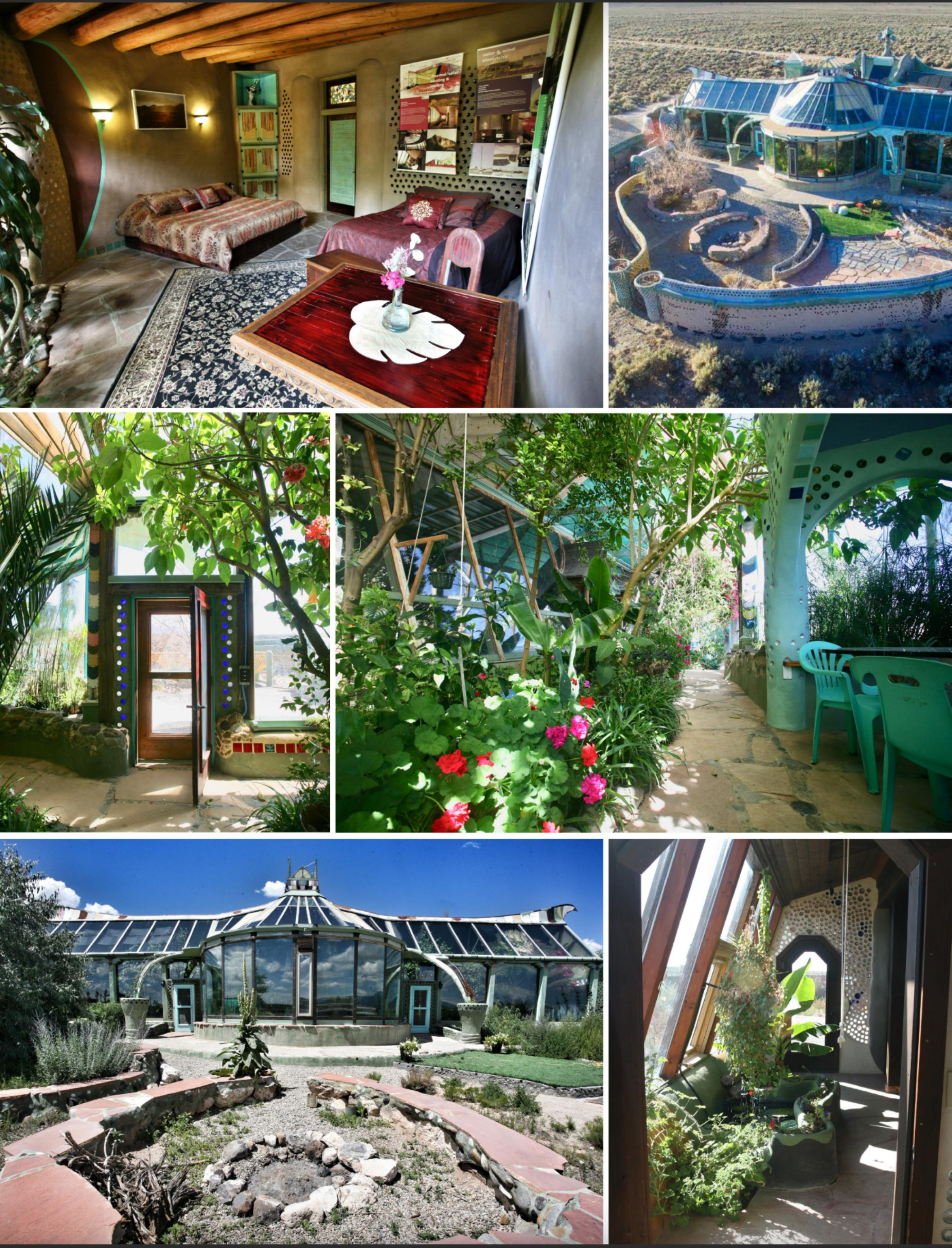
Although inconceivable for some, over the last several years, reality TV has celebrated and even popularized the concept of living off the grid. Show participants make a trip to a home-improvement center, load up their trucks, trailers, and SUVs with the parts they’ll need, and haul them to their hilly and wooded Eden — free of smokestacks, powerlines, and landfills.
The stash they’re bringing in might include two-by-four planks, wallboard and nails, caulk, aircrete, and windows, but it might also include recycled glass bottles and cans, or tires saved from landfills. At the site, they might even whip up some adobe, a clay and straw cement which native Southwestern peoples have been using for centuries.
They might even be building a self-sustaining Earthship — a structure conceived by architect Michael Reynolds in the early 1970s. Through thoughtful site selection, proper scaling, and use of recycled and natural materials, it provides heating and cooling. With a high-efficiency solar system, including arrays and batteries, it offers electricity. And, this eco-home can use water from wells, streams, rivers, and rain cisterns. It can also process sewage for the gardens.
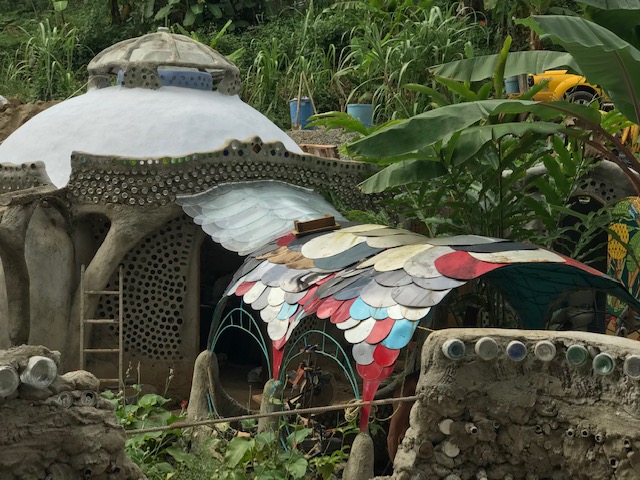
One of the reasons Reynolds built the first Earthship home a half century ago was environmental consciousness. In the 1960s and 70s, the country was experiencing eco-catastrophes such as Love Canal in New York, Valley of the Drums in Kentucky, the Cuyahoga River fire, and the Santa Barbara oil spill. They were all over the news, like the baseball scores from last night. We experienced them the same way we did Walter Cronkite interviewing young soldiers in the jungles of Vietnam while we comfortably ate dinner.
Back then, though, Earthships and other eco-dwellings were described as “beatnik,” “hippie,” “alternative lifestyle,” “survivalist,” and “deadbeat” among mainstream Americans. Only “that kind” of Haight-Ashberry-inspired person would pursue environmental principles deep into the hills of New Mexico.
But today, Earthships are returning, some even gentrified to attract the professional millennial or Gen Z-er. One example developed by Reynolds is The Phoenix Earthship — a 5,300-square-foot three-bedroom home appointed with many luxuries, which recently sold for $1.5 million in California.
“Earthships are full-package homes. Sustainable, autonomous vessels that offer an opportunity to have what I call ‘sustenance’: comfortable shelter, water, electricity, food, and the treatment of garbage and sewage. And, they won’t fall apart in the next hurricane,” Reynolds says. “They’re already pretty easy right now to do. And those things can only get better.”
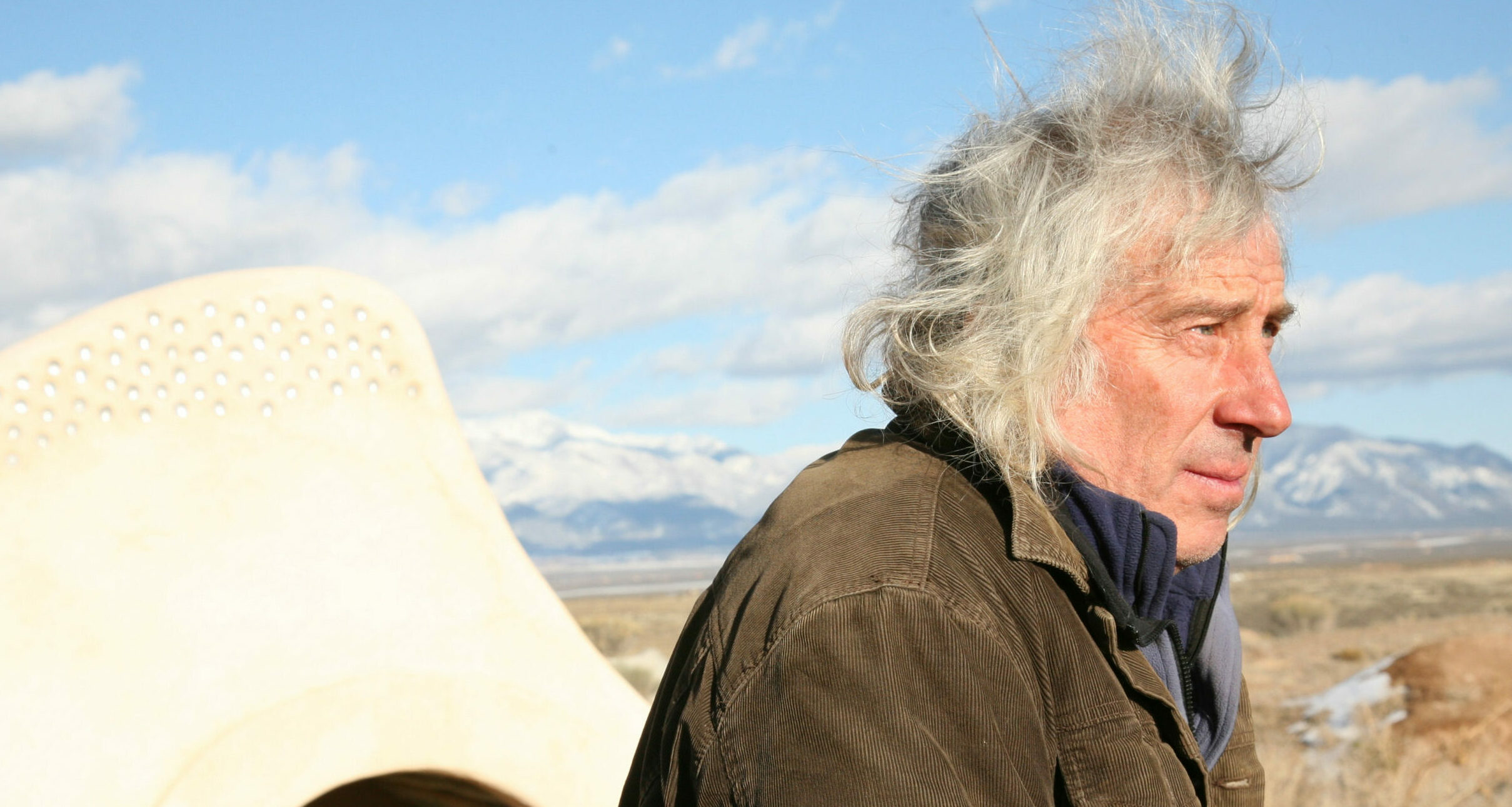
The Earthship Cometh
An Earthship isn’t a type of building; it’s Reynolds’s trademark. His architecture and construction company is Earthship Biotecture in Taos, New Mexico.
When he began, the new architect, aghast at the environmental crisis we were creating for ourselves and our future, began experimenting with “biotecture,” a combination of architecture and biology, as Paolo Soleri was doing with his arcology (architecture and ecology) in Arizona.
Reynolds’ first home, Thumb House, was constructed of 70,000 beer and soda cans wired and mortared together; it was powered by early solar panels. He was not discouraged by some of the guffaws; he’s still building them now — on the cusp of 80 completed homes. He has created thousands of high-performing earthquake-proof homes and other buildings, including offices and schools worldwide.
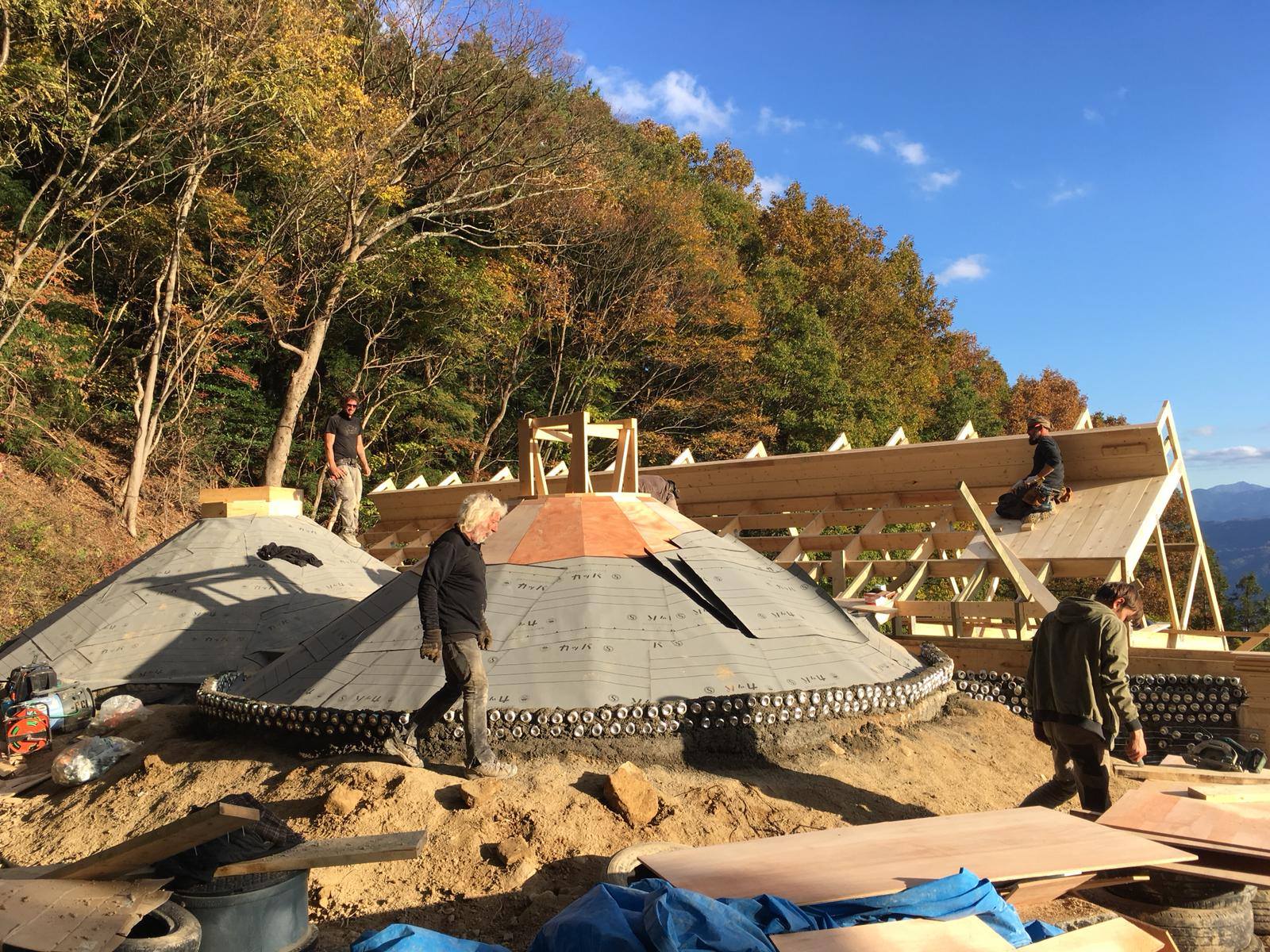
Lucas Johnson, a Tucson-based associate for Vali Homes in Phoenix, notes that the core principles of Earthship homes are more relevant today than ever: passive solar heating and cooling; solar and wind power for onsite clean energy; onsite sewage treatment; natural and recycled materials; water harvesting; and food production. Today, other healthier lower-carbon materials such as straw bale, natural plaster, and rammed earth are used.
Vali Homes LLC is a development company and sustainability consultancy group focused on creating healthier homes with contemporary design, energy efficiency, and aesthetics. Combining architecture, science, and nature, the company incorporates biophilia, biomimicry, Passive House principles, and other sustainability-driven concepts into its designs.
According to Philip Horton, co-director of the Center of Building Innovation, and clinical associate professor of architecture at Arizona State University, “I believe that this concept might be resurgent, in part because it brings together a number of other areas of growing focus, including earthen construction, such as rammed earth and earth blocks; the circular economy (upcycling waste materials); zero energy/zero carbon (or at least reduced emissions); healthy environments, particularly indoor air quality; and locally sourced food.”
In 2013, Horton worked with students on a Solar Decathlon house called SHADE: Solar Homes Adapting for Desert Equilibrium. He is also a Senior Global Futures scientist.
Horton notes that some of the privately owned Earthship homes in Arizona — located near Tucson, and in Wickenburg and Kingman — are faring well, even after a number of years in harsh climates. Most Earthship homes, however, are in New Mexico, where Reynolds lives and works.
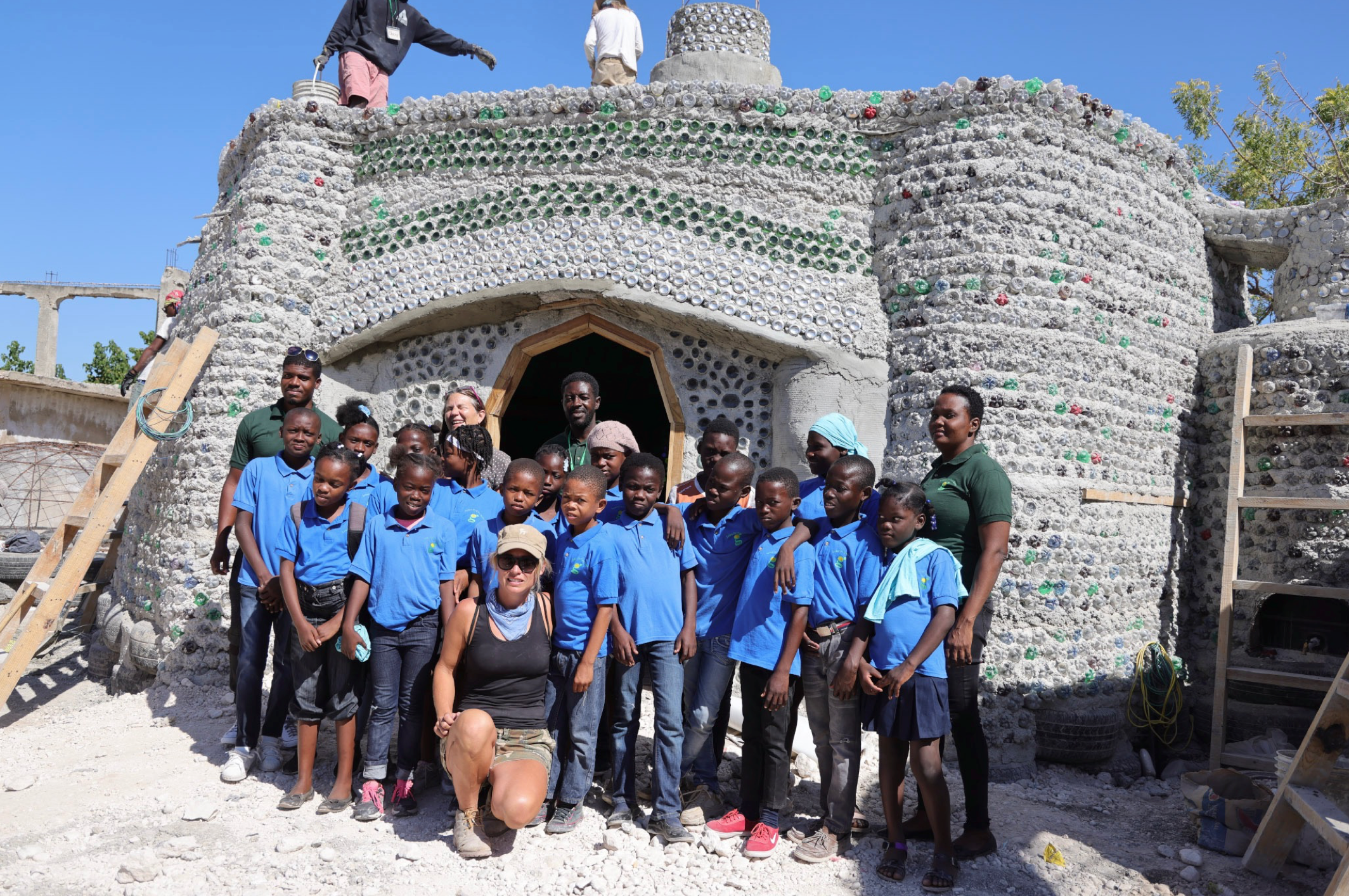
Johnson says, “People are justifiably frustrated with conventional approaches to home construction. Typical homes consume a lot of resources to build and to operate. They also have extremely high lifecycle carbon impacts. Despite all these impacts, conventional homes have also failed to provide healthy, comfortable living spaces.”
Johnson has contributed to more than 10,000 high-performance building projects including deep-energy retrofits of large commercial buildings and net zero passive houses.
“I began this kind of work to reduce our collective carbon impact, but I now focus equally on creating resilience to a changing climate while pushing for the right to comfortable, healthy, and affordable homes as a core element of social justice,” he says.
Johnson adds that conventional homes are also built in a manner that tends to abuse or undervalue the labor required to build them. For instance, the typical construction process includes using a large volume of materials that contain chemicals on the Red List, a comprehensive list of chemicals known to have negative human health interactions.
“Workers are exposed to these chemicals often while rushing through a project without the proper protection. The workers are not fairly compensated for the risks they are taking, and their hard work often goes unappreciated by management and the future occupants,” he says.
In addition, conventional home development is not effective at creating community, and the homes are not typically made from local resources, which further disconnects them from the places they are being built, he says.
Further, “The increasing instability of our climate, combined with stubbornly high prices for construction materials, are also failures of conventional construction. This drives people to explore alternatives such as Earthship homes, even when those alternatives are built from literal trash.”
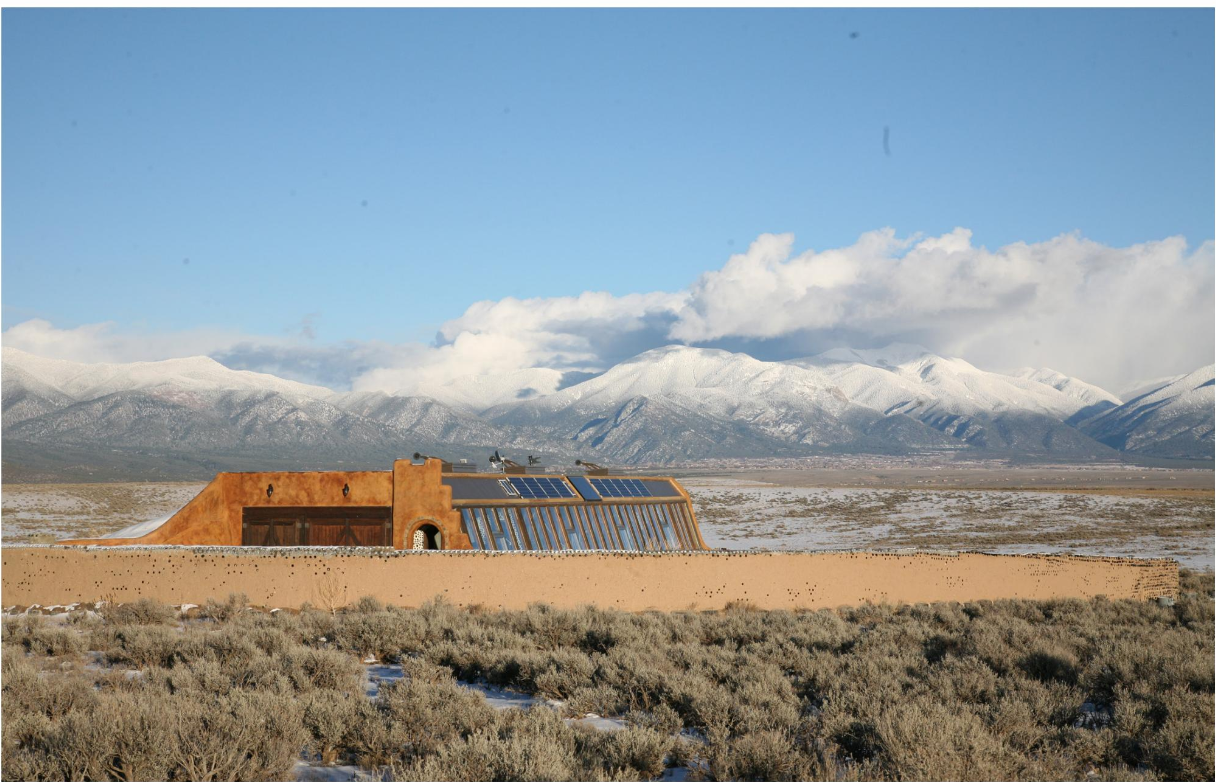
Breaking Free
Reynolds has been assiduously building Earthships for 55 years.
“So, I see that we are constantly surging and are in crescendo rather than spiking at the moment. What’s happening now is that we have had COVID, war in Ukraine, and there’s an overall unhealthy mental and emotional state that’s causing people to feel insecure,” he says. “People feel insecure with the government, with the economy — an Earthship is the possibility of security in all the uncertainty.”
For 29 years, Kirsten Jacobsen worked for Reynolds, impressed with his work after reading about it in the New York Times while in college. For the last five years, she and a business partner have owned Eco Build Lab in Taos, which helps people determine the kind of alternative housing that best suits their lifestyles and budgets.
Eco-home pioneers such as Reynolds did not have the sophisticated systems those living off grid have today. For instance, solar cells were expensive and not very productive, creating a need for high-demand fluorescents and halogens. Today’s systems power very efficient LEDs.
“To live off the grid in the ’70s involved a little more effort, toil, and discomfort,” she says with a smile.
Today’s off-gridders may have been prompted to take the leap to living a more disconnected life through the experience of power failures and black-outs.
“They’ve realized how vulnerable we all are,” Jacobsen says. “They’ve found that the paradigm of being connected to the grid isn’t so hot.”
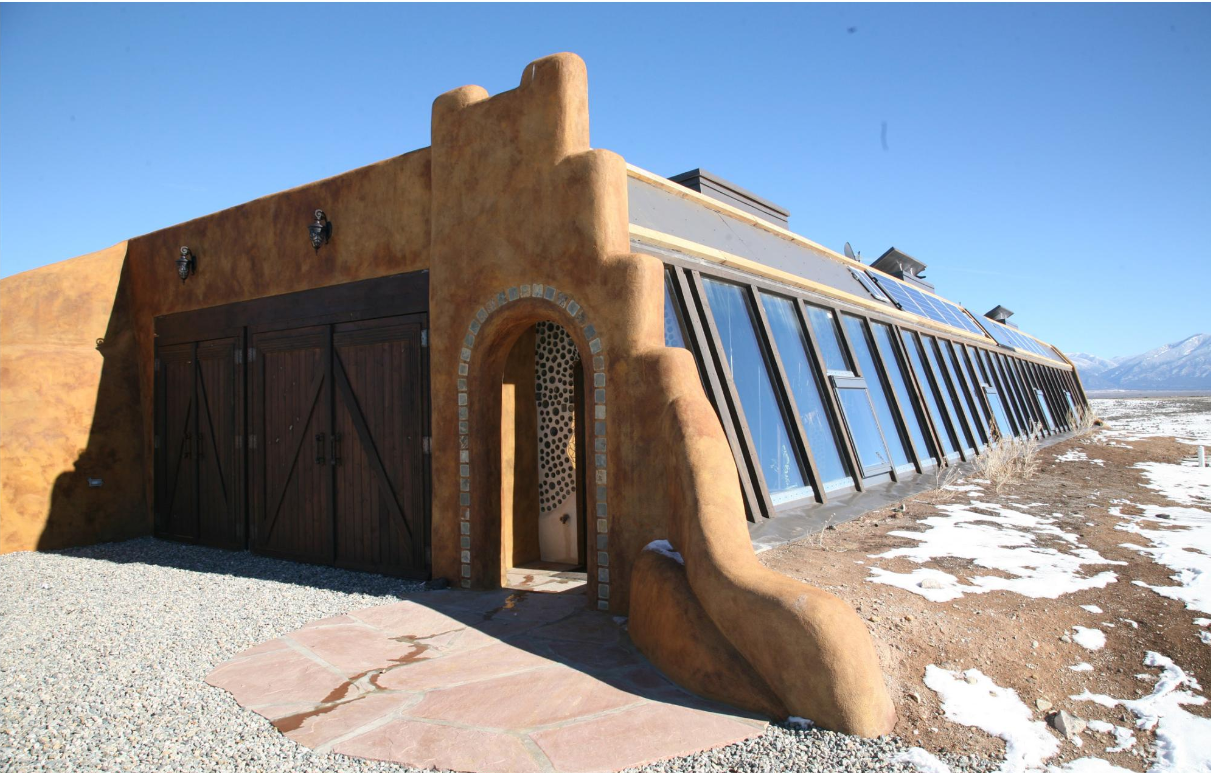
People are also concerned about other risk factors associated with living connected to public utilities: toxins and chemicals in water supplies; an increasingly higher cost of electricity, and increasingly lower standards of service. They aren’t seeing a high concern for health, which, particularly since COVID, is so important for consumers. Today’s eco-home residents also cite the effects of the typical balloon-frame home of the 1970s with sick building syndrome and toxic mold, she adds.
“It’s been a war with counties, with states, with concepts, with dogma, with regulations,” Reynolds says. “It’s been [an] uphill climb for 55 years. Fortunately, we’re pretty good climbers.”
For more information on Earthship homes, visit earthshipglobal.com/design-principles.
Keep up with Green Living’s Style content here.






Wonderful we should be building like this for communities all over the world including Australia